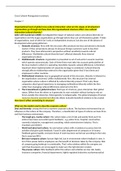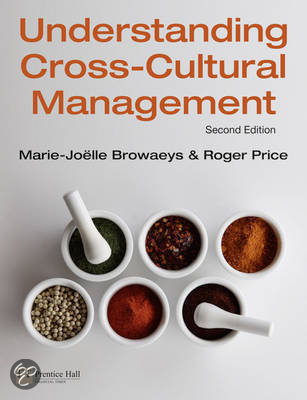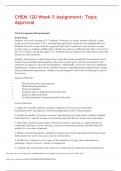Samenvatting
Tentamen Cross Cultural Management (CCM) vragen + samenvatting
- Instelling
- Hogeschool Windesheim (HW)
Deze samenvatting is bedoelt te ondersteuning voor het vak Cross Cultural Management. Hierin worden de belangrijkste tentamenstof punten in behandeld.
[Meer zien]







